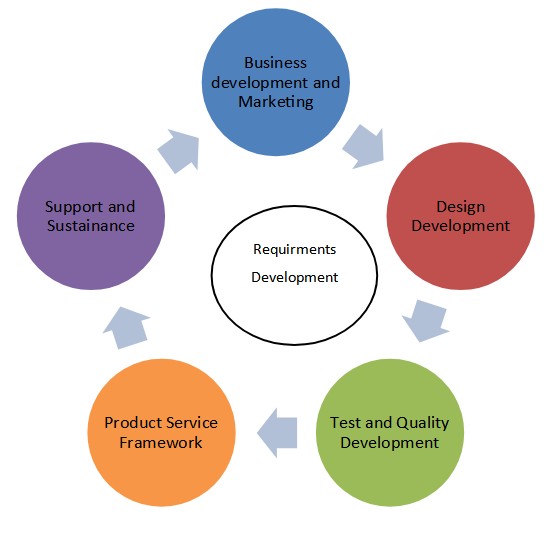Introduction to Software Requirement Analysis
Requirements gathering and analysis is an important activity in software development projects. In this article, Sreerekha Bakaraju provides an introduction to requirement analysis with a list of important things to consider when gathering software requirements.
Author: Sreerekha Bakaraju
The Software Development Life Cycle (SDLC) is a process and is a core part of the software industry which describes the steps involved to design, develop and test the software products and applications. SDLC starts with the requirement and analysis phase. Requirement Analysis is the first and foremost task within the requirement phase. With effective and clear requirements, the development code is written correctly and after the test phase a successful product is delivered to the customer.
Requirements are generally gathered from interviews, data sheets, market survey, questionnaires and surveys, documentation, interfaces, workshops, use cases, scenarios, focus groups, user stories and brainstorming etc. The requirements should be detailed to capture all the needs of the stakeholders and the customers. They should be consistent, clear, measurable and relevant. Requirements should include functional and non-functional aspects of the applications. The application’s or the product’s features should be categorized based on business, customer, functional and non-functional requirements. The main goal of the requirement analysis is to detail the high level business requirements into traceable, testable, measurable components and applications.
The business requirements are the basis for the coding and for the software testing used in further phases of the software development life cycle. Tools like Gantt charts can be used to visualize the tasks related to the project plan and the requirement phase. Some of the popular techniques that are used in requirements analysis are data flow, unified modelling and flow charts. To depict and visualize the requirements, a software product prototype is developed in most software applications. Walkthrough meetings are conducted between the business team and the development team to give more details to the system requirement specifications.
Below are important things to consider when writing the requirements for a software development project:
- Clearly define the requirement objective and purpose
- Document the required and acceptable data to the requirements
- Requirements should describe the functionality, design and the value. In case of web applications, the requirements should clearly define the state, functionality, design as well as web object’s attributes
- Expected outcomes of the requirements while outlining the necessity of the requirements in conjunction with overall Business and market
- Define the system derived and application derived results based on the users who interact with the system and their effects with respect to the requirements
- Avoid duplication and language ambiguity
- Provide data to help the project team in the prioritization and risk management tasks
- Provide examples, business cases, scenarios, with the variations of the data and use cases
- Provide input towards code, test and business
- List of the features and their usages
- Walkthrough the details with Developers and Testers
- Test and Signs off on the Requirements
The below diagram depicts the high level components of Business development.

The above approach is used in most software projects. Additional details can be included depending on the project requirements.
Main focus of the Requirements is to fully describe what is intended by the Business and to give more details what the customers need. After the business requirements are clearly written, the business test cases can be developed based on the Business Requirements apart from the developers and testing team members test cases. The clear and concise requirements yields better understanding by the developers and eventually a best product is delivered to the customer. The business requirements are often called software requirement specifications.
Requirements should define the critical and non-critical features in the list of order. Most of the web applications requirements define the design, look and feel of the web components. This helps the Development team to see what is intended by the Business Team. When working with ecommerce, care must be taken to clearly and accurately mention the dollar numbers and the required currency exchanges if the product or application is marketed internationally.
To summarize, the requirements are critical to the software development projects’ success and failure. In the requirement analysis phase, a detailed requirement analysis is done so as to avoid any surprises and delays in project implementation, because it would be cheaper and easier to fix a problem early on rather than at a later stage in the project. Defining the requirements accurately helps the project team to predict the project times, better understanding the users needs by the development team. Well written requirements that are traceable, trackable, measurable, clear and valuable enable the achievement of the objective of the project and thereby increasing the quality of the final product.
About the Author
Sreerekha Bakaraju has over fifteen years of experience in the Information Technology industry. In addition to developing Application Software in Oracle, SQL, and PL/SQL in Windows and UNIX environments, and system development methodologies such as Agile, ITIL, she has also specialized in Software Testing, Quality Assurance fields. She has experience in the Financial, Telecommunications, Banking, and Technological sectors. She is the author of the book “Software Testing Made Easy”.


